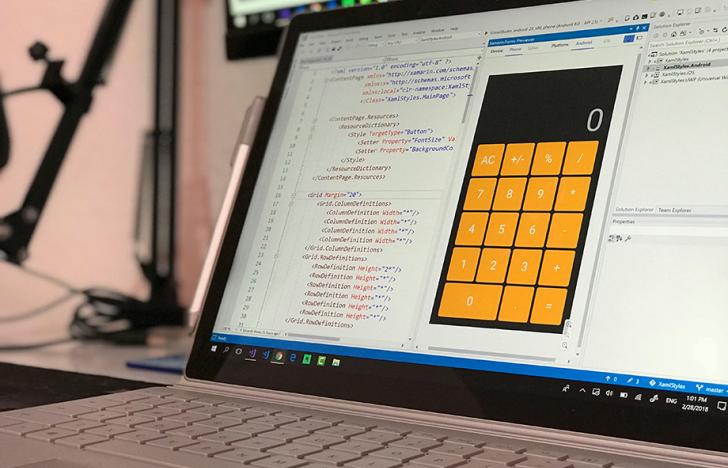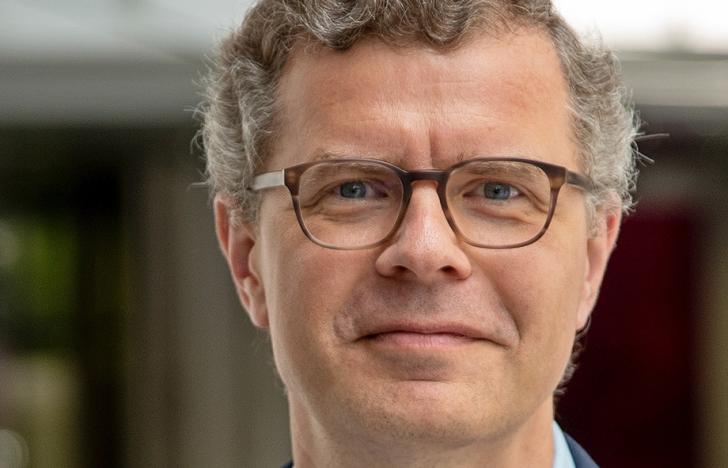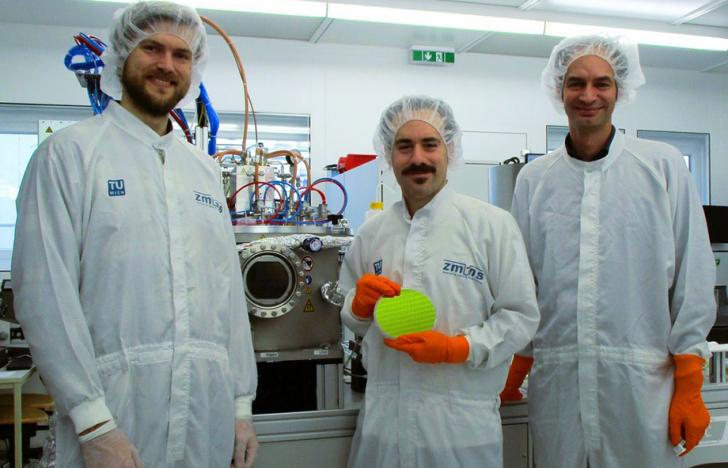Transfer waste station
 © Bilderbox.com
© Bilderbox.comThe dump as a mine: A European network of experts works on concepts to gain raw materials from waste.
From sand and gravel in concrete to gold contacts in the computer chip - all raw materials used by us are limited. They are mined, processed, used and eventually disposed of. But the larger the quantities of raw materials that we move from the earth (the geosphere) into our sphere of influence (the anthroposphere), the more interesting is the question of whether the anthroposphere itself becomes the source of raw materials.
Such secondary raw material sources are landfills, dumps or also demolished buildings. A European network of experts (COST Action), headed by TU Wien, will now investigate how this could be achieved. It is crucial to collect information on the anthropogenic raw materials sources and to process them, so that, in the future, they are commercially evaluated and judged with foresight such as gold mines or oil fields. "For natural mineral resources, there is a well-established reporting system," says Ulrich Kral from the Institut für Wassergüte, Ressourcenmanagement und Abfallwirtschaft, TU Wien.
Sensible
Whether you can classify and rate anthropogenic resources in a similar manner has not yet been clarified. Here, guidelines would be important to assess whether it is environmentally and economically viable to mine primary raw materials, or to recover secondary raw materials from unneeded products and goods.
The COST Action "Mining the European Anthroposphere” shall now close this gap. TU Wien initiated the project, research teams across 20 European countries work on the project. "Our main focus is on three case studies," explains Kral. "We deal with resources that are installed in buildings, landfills and solid residues from waste incineration - three very different anthropogenic sources."
Valuable
When houses are demolished, one can reuse all kinds of valuable material: Rock and debris can be used for other, new buildings, but also timber, metal or window glass can be recycled. "One can create maps, from which it is apparent which raw material is contained where and to what extent," says Kral. "Thus one can see for example at one glance where in Vienna large amounts of copper are installed and whether it can be expected that this copper can be recovered in the next few decades."
Landfills must also not be an end station for raw materials. They may contain valuable metals, other components can be burnt to generate energy. "And even the residues of waste incineration can still be used," explains Jakob Lederer. In some European countries, they are used in road and landfill construction as gravel substitute, and metals can still be recovered.











